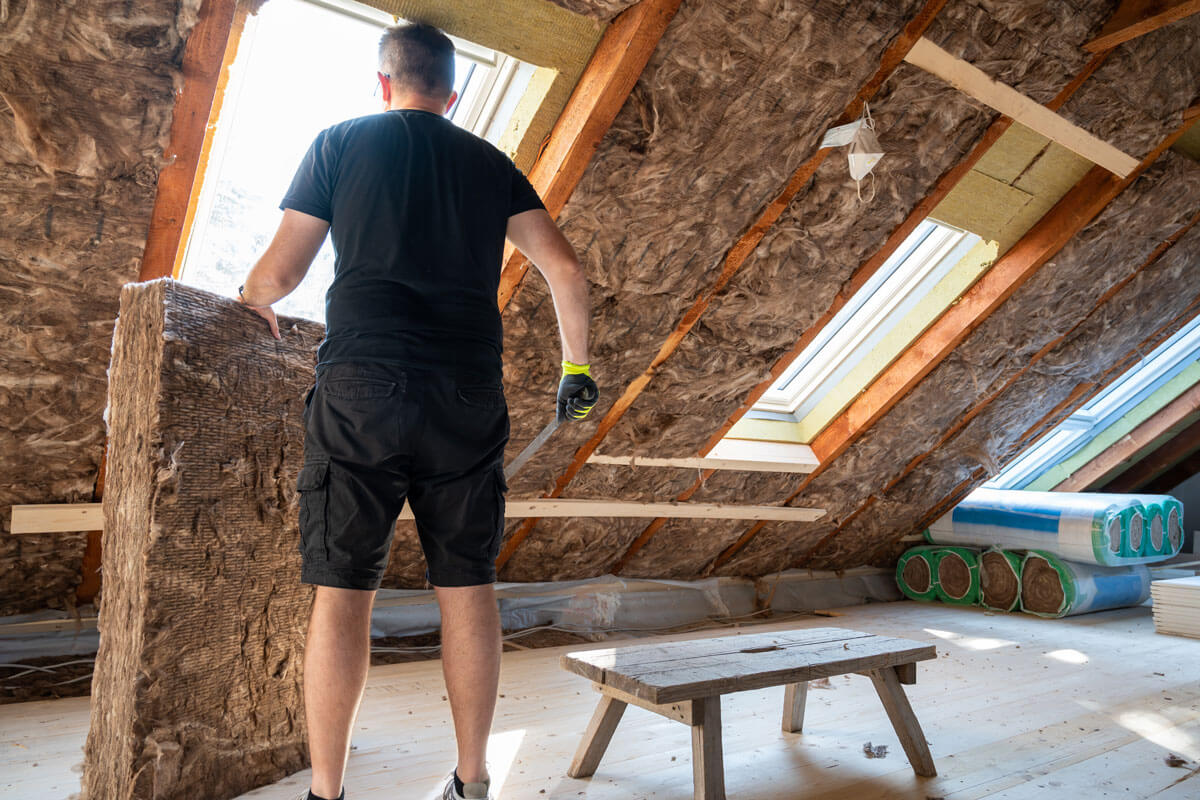Table of Contents
Signs That Your Attic Insulation Needs Replacement
Attic insulation plays a crucial role in maintaining your home’s energy efficiency and indoor air quality. However, insulation does not last forever. Over time, it can deteriorate due to factors such as moisture, pests, and general wear. Recognizing the signs of aging insulation can help prevent energy loss and potential health hazards.
Increased Energy Bills
One of the first indicators of deteriorating attic insulation is a noticeable increase in energy bills. Poor insulation allows heat to escape in the winter and enter in the summer, forcing HVAC systems to work harder to maintain a comfortable temperature.
Uneven Temperature Distribution
If some rooms in your home feel significantly hotter or colder than others, your attic insulation may no longer be performing effectively. Proper insulation should create a consistent indoor climate by preventing thermal leaks.
Visible Damage or Moisture Issues
Moisture accumulation can severely damage attic insulation, leading to mold growth and structural issues. Wet or compacted insulation loses its ability to regulate temperature and may require immediate replacement to prevent further damage.
Pest Infestation
Rodents and insects often nest in attic insulation, compromising its integrity. Signs of infestation, such as droppings, nesting materials, or unusual odors, indicate that insulation should be removed and replaced to maintain a safe and clean environment.
How Often Should You Replace Attic Insulation?
The lifespan of attic insulation depends on the type of material used and the environmental conditions in your home. Below are general guidelines for different types of insulation:
- Fiberglass Batt Insulation: Lasts 20–30 years but may degrade faster due to moisture exposure.
- Blown-In Cellulose Insulation: Typically lasts 10–15 years, as it settles and loses effectiveness over time.
- Spray Foam Insulation: Can last indefinitely if properly installed and maintained, though periodic inspections are recommended.
Regular inspections every few years can help identify when replacement is necessary, even if no immediate issues are apparent.
The Process of Replacing Attic Insulation
Step 1: Evaluating the Existing Insulation
Before removing old insulation, a thorough inspection is necessary to determine the extent of damage or degradation. Homeowners often consider the cost to remove old insulation from attic when planning an upgrade.
Step 2: Safe Removal of Old Insulation
Knowing how to remove insulation from attic safely is essential, especially when dealing with mold, pests, or hazardous materials like asbestos. Protective gear and proper disposal methods are required to prevent contamination.
Step 3: Installing New Insulation
After removing damaged insulation, selecting the right type of replacement is crucial. Homeowners should consider factors such as R-value, moisture resistance, and compatibility with their HVAC system.
Choosing Professional Help for Insulation Removal and Installation
Hiring insulation removal contractors ensures that old materials are handled safely and new insulation is installed correctly. Professionals can assess attic conditions, recommend the best insulation type, and ensure compliance with safety regulations.
For expert attic insulation services in South Florida, including insulation removal and installation, Attic Fanatics provides professional solutions tailored to your home’s needs. Proper insulation replacement enhances energy efficiency, improves indoor air quality, and contributes to long-term home comfort.

